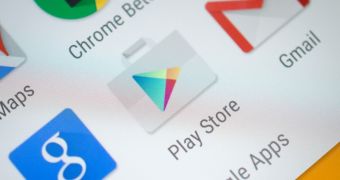Google is constantly thinking of new ways to improve its applications, including the Play Services. With version 9.2 right around the corner, the APK teardown shows that the company is implementing a couple of exciting features.
Google Play Services v9.2 will come with Nearby capabilities, a feature that was announced last week and displays apps and content related to the user’s location. The tool requires the phone’s Bluetooth and Location Services to be turned on.
Google will allow Android devices to react when the user is near a certain venue or location, and even near Chromecasts or Android Wear watches. The updated Google Play Services is set to roll out shortly, and it seems that 9.2.55 is the lucky (version) number.
Google Play Services 9.2 could come with peer-to-peer file transfers
Android Police has conducted an APK teardown of the new version and has shown that the main added feature is the said Nearby tool, which allows users to set notifications. It's worth knowing that the notification for devices that are ready to set up is enabled by default. At the same time, users can opt to enable the notification for locations and other content.
Google has also added an entry for Google+ under the Account section, but that’s nothing more than a shortcut.
Moreover, the APK teardown reveals that Google is likely to introduce a new Nearby feature for peer-to-peer file transfers. Users might be able to share content with others in their near proximity, but it’s unclear if the feature will actually be available in this version or the next.
However, transfers seem to be made solely through Bluetooth, and not Wi-Fi. The most interesting aspect is that users will be able to transfer files to multiple friends at the same time, using the ‘broadcast’ feature.
Those interested can either wait to receive the update automatically or they can get the APK from APK Mirror. However, the APK only works on pre-Lollipop versions on devices with x86 architecture or very low-density screens.

 14 DAY TRIAL //
14 DAY TRIAL //